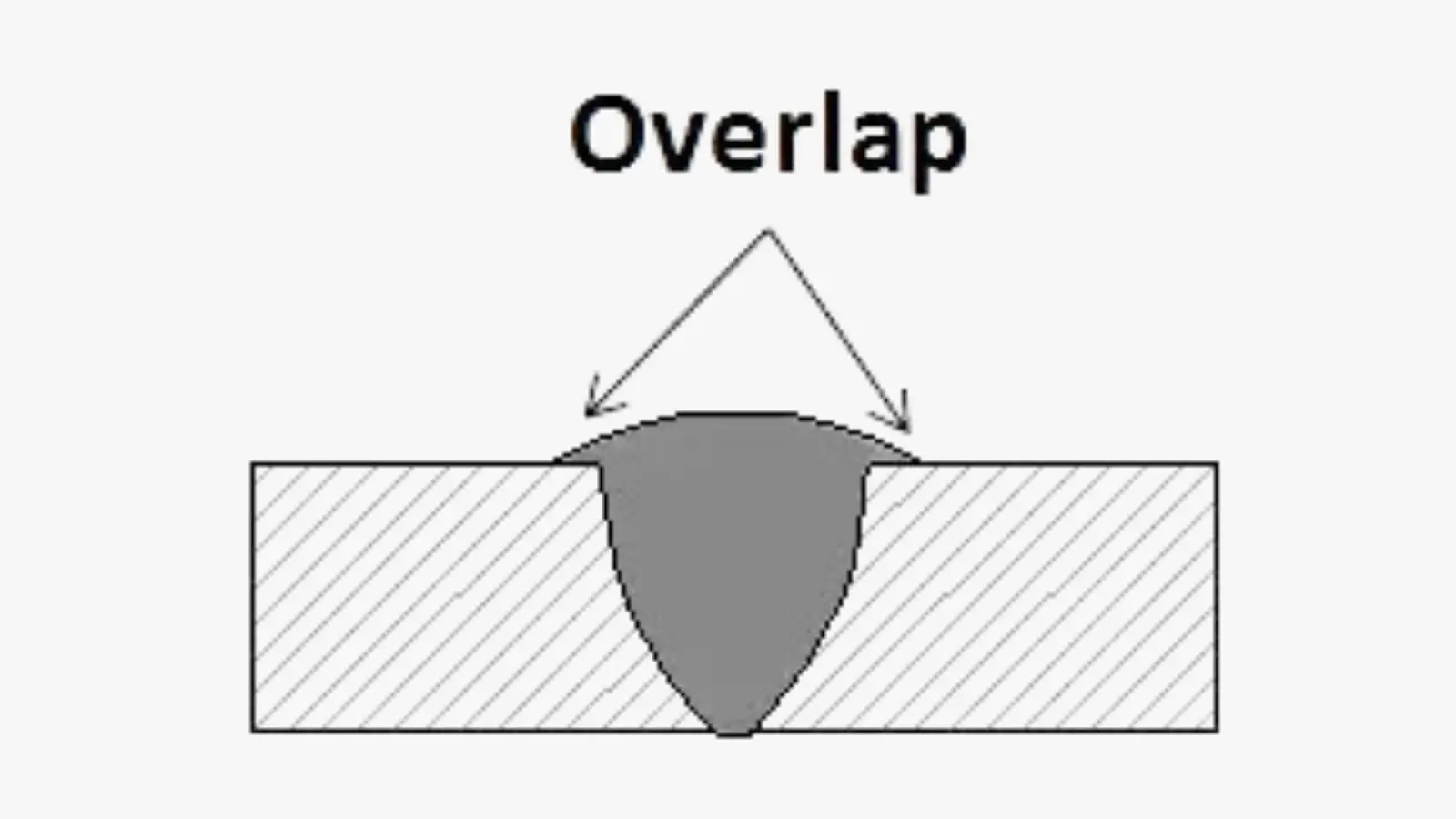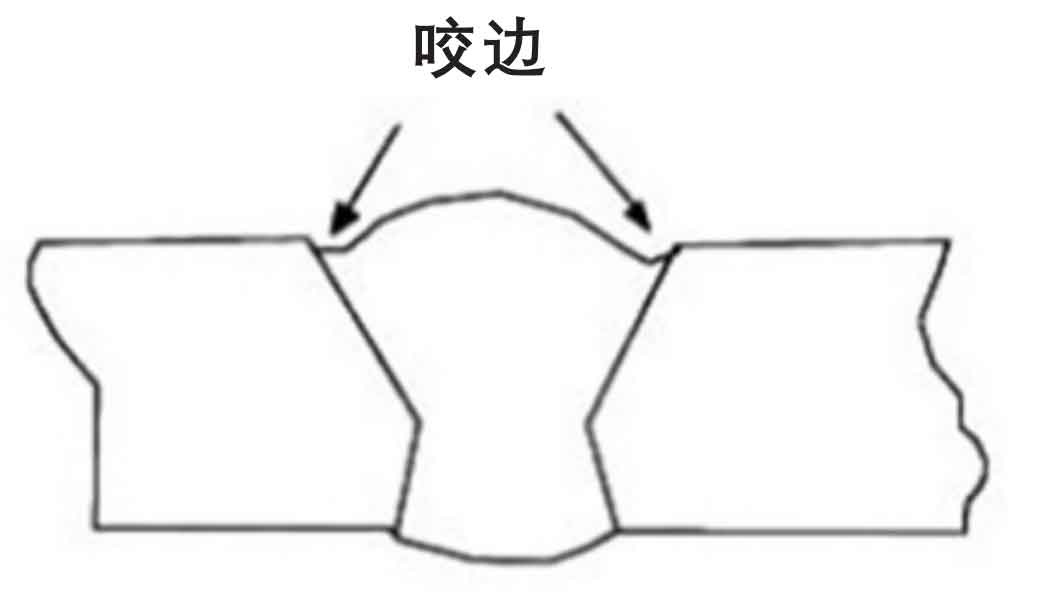Expert Techniques for Preventing Weld Undercut Successfully
Expert Techniques for Preventing Weld Undercut Successfully
Blog Article
Understanding the Art of Welding: Exactly How to Avoid Undercut Welding Issues for Flawless Construction Results
Effectiveness and precision are critical in the globe of welding, where even the least imperfection can endanger the structural honesty of a made piece. One typical difficulty that welders face is undercutting, an issue that can lead and damage a weld joint to pricey rework. By understanding the root triggers of undercut welding and applying efficient strategies to prevent it, welders can boost their craft to brand-new degrees of excellence (Preventing weld undercut). In the search of flawless fabrication outcomes, grasping the art of welding to stay clear of undercut problems is not simply an ability but a necessity for those aiming for excellence in their work.
Understanding Undercut Welding

To stop undercut welding, welders should ensure correct welding parameters, such as changing the existing, voltage, travel rate, and maintaining the proper electrode angle. Furthermore, making use of the proper welding strategy for the certain joint configuration is necessary. Employing weaving movements or backstepping methods can assist make certain proper weld steel deposition and decrease the possibility of undercut development. Regular evaluation of welds during and after the welding process is also important to capture any undercut early and make necessary changes to avoid additional issues. Preventing weld undercut. By understanding the root causes of undercut welding and carrying out safety nets, welders can attain high-quality, structurally audio welds.
Causes of Undercut in Welding
Recognizing the variables that contribute to damage in welding is necessary for welders to create top notch, structurally sound welds. Poor welding current or inaccurate welding rate can also contribute to undercut. Comprehending these reasons and applying correct welding methods can aid prevent damaging problems, guaranteeing durable and solid welds.
Strategies to avoid Undercutting

To mitigate the threat of damaging in welding, welders can employ tactical welding techniques intended at boosting the quality and integrity of the weld joints. One reliable approach is to change the welding criteria, such as voltage, current, and take a trip rate, to make certain proper warm input and deposition. Preserving a suitable electrode angle and guaranteeing regular travel speed can additionally assist stop undercut. Additionally, using the correct welding method for the details joint arrangement, such as weave or stringer beads, can add to lowering damaging. Preventing weld undercut.
Furthermore, correct why not check here joint prep work, consisting of making certain tidy base materials without contaminants and using the suitable welding consumables, is critical in preventing undercut flaws. Employing back-step welding techniques and controlling the weld grain account can also help distribute warmth evenly and reduce the risk of undercut. Regular assessment of the weld joint throughout and after welding, as well as applying quality control procedures, can aid in spotting and dealing with damaging problems immediately. By carrying out these methods diligently, welders can attain flawless construction results with marginal undercut issues.
Importance of Proper Welding Specifications
Choosing and preserving ideal welding criteria is necessary for accomplishing effective welds with minimal defects. Welding criteria refer to variables such as voltage, existing, travel rate, electrode angle, and securing gas flow rate that directly affect the read here welding process. These specifications should be thoroughly readjusted based upon the sort of product being welded, its thickness, and the welding strategy utilized.
Appropriate welding specifications guarantee the right quantity of heat is used to melt the base metals and filler material consistently. If the criteria are set expensive, it can bring about too much warmth input, causing spatter, burn-through, or distortion. On the various other hand, if the parameters are too reduced, insufficient blend, lack of infiltration, or damaging might take place.
High Quality Guarantee in Welding Operations

Final Thought
To conclude, mastering the art of welding calls for a detailed understanding next of undercut welding, its reasons, and strategies to stop it. By making sure proper welding parameters and executing high quality guarantee methods, perfect manufacture outcomes can be accomplished. It is important for welders to continually pursue excellence in their welding operations to stay clear of undercut concerns and create premium welds.
Undercut welding, a common defect in welding processes, happens when the weld metal does not effectively fill the groove and leaves a groove or depression along the bonded joint.To stop undercut welding, welders should guarantee appropriate welding criteria, such as adjusting the existing, voltage, travel speed, and preserving the proper electrode angle. Poor welding existing or incorrect welding speed can additionally add to undercut.To minimize the risk of damaging in welding, welders can employ tactical welding techniques aimed at enhancing the quality and honesty of the weld joints.In conclusion, understanding the art of welding needs a comprehensive understanding of undercut welding, its causes, and strategies to prevent it.
Report this page